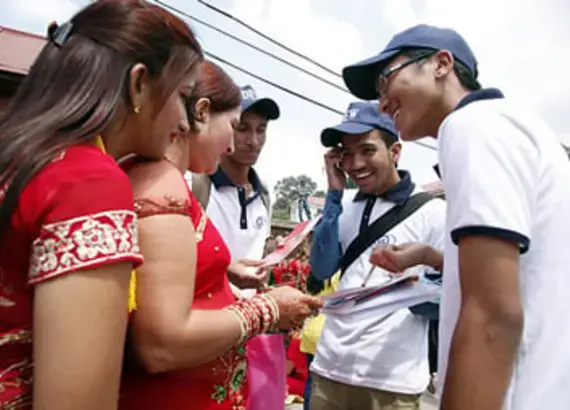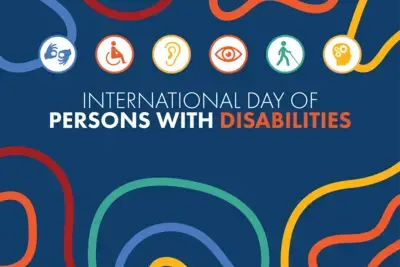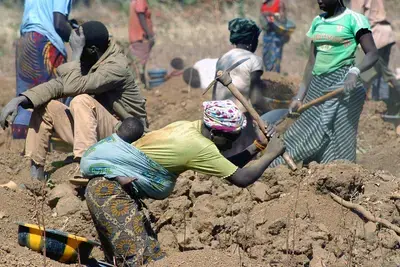
Success Story
In Nepal, Women Fight to Maintain Seats in the Constituent Assembly
Nepali women had much to be proud of as 172 of them were seated in the country’s new Constituent Assembly on Jan. 22. They filled 30 percent of the 575 seats that were contested during parliamentary elections last fall.
In addition to traditional lawmaking, the Constituent Assembly is tasked with drafting Nepal’s new constitution, making the presence of the women especially important.
Under Nepal’s mixed electoral system, 240 candidates are elected under a first-past-the-post (FPTP) system, in which seats are won by the candidates who receive the most votes in their respective districts, and 335 are selected from party lists under a proportional representation (PR) system. The other 26 members are appointed by the Council of Ministers. The interim constitution mandates that women represent 33 percent of the candidates, although it does not guarantee them 33 percent of seats. The Election Commission of Nepal requires that political parties allocate 50 percent of their proportional representation seats to women.
When legislative elections were held in 2008, women won 32.8 percent of the assembly’s 601 seats. The high number of women who won under the FPTP system, combined with the 50 percent quota for women in the PR system, meant that women were able to achieve a significant level of participation in the 2008 assembly. In total, women won 30 FPTP seats, 161 PR seats, and six cabinet-appointed seats.
In March 2013, the High Level Political Committee (HLPC), comprised of leaders from four major political parties, announced a plan to reduce the number of seats in the 2014 Constituent Assembly from 601 to 491. This agreement would have kept the number of FPTP seats at 240 but lowered the number of PR seats from 335 to 240; Cabinet-nominated seats would have decreased from 26 to 11. By reducing the PR seats by 95, women could potentially lose 47 Constituent Assembly seats. In a worst-case scenario where women did not win any seats in the FPTP races and did not receive any cabinet appointments, their participation in parliament would fall to 24 percent.
To advocate for women candidates to receive at least 33 percent of the seats, NDI supported four Nepal civic organizations in forming the Media and Advocacy Campaign for 33 Percent Women. This effort was done in cooperation with the Joint Struggle Committee, which consisted of the Inter Party Women’s Alliance, several women’s rights organizations and women politicians. In the months leading up to the elections, the group met with major political leaders and Election Commission officials, and even took their message to the president. The committee produced radio and television advertisements about the need for more women in government to make it more reflective of society. It also created a series of posters and pins promoting a return to 33 percent representation. The posters showed a picture of the HLPC, comprised only of men, and the text: “Democracy, Constitution and Stability: Only when women are equal participants.”
In September 2013, the HLPC announced it would return the Constituent Assembly to 601 seats. With this news, the campaign shifted focus to help women candidates win in the Nov. 19 elections. This support was particularly important as women did not receive as many FPTP nominations from their parties as they had in 2008. For those that did receive FPTP nominations, they were often in constituencies with well-known male candidates from other parties, making it harder to win. v
When political party candidate lists became final on Oct. 5, the Media and Advocacy Campaign for 33 Percent Women and the Joint Struggle Committee supported the campaigns of the 663 women who ran under the FPTP system by placing full-page ads in two national newspapers, listing the names and party affiliations of all 663 women.
NDI and Democracy and Elections Watch (DEW-Nepal), a citizen election monitoring organization, also worked to encourage women to vote in November.
The first event in their voter education campaign was held on the grounds of the Pashupatinath Temple, one of the world’s holiest Hindu shrines, during the women’s cultural festival Teej. Volunteers distributed flyers with detailed voter information, such as polling station locations and registration deadlines, to more than 2,500 women. Singers from the Blind Association performed songs with special lyrics to encourage women to vote. Similar events involving public service announcements for the elections were broadcast in other locations around the Kathmandu Valley. In DEW-Nepal’s election observation mission, women represented almost 41 percent of the 5,902 observers.
NDI conducted two training programs for women parliamentary candidates in September. Held in Kathmandu and Pokhara, the sessions focused on developing leadership skills and effective campaign practices, such as recruiting and retaining volunteers, targeting women and youth voters, and creating campaign plans. More than 90 women participated in the two sessions, representing nine political parties and all five regions of Nepal.
Of the women elected to the Constituent Assembly, 27 participated in NDI programs, including campaign seminars, community dialogues, and the Kathmandu and Pokhara training programs.
NDI’s programming is funded by the U.S. Agency for International Development and the U.S. Department of State’s Bureau of Democracy, Human Rights, and Labor.
Related:
Published Jan. 24, 2014. Updated March 13, 2014.



